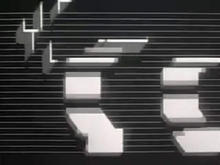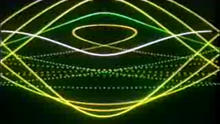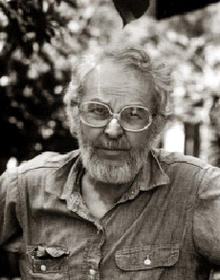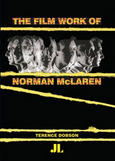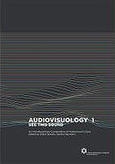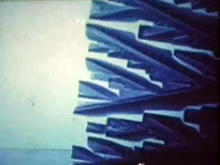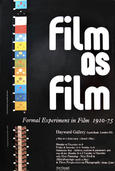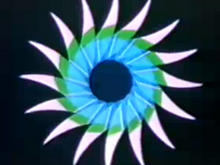Larry Cuba
(1950) is widely recognized as a pioneer in the use of computers in animation art. Producing his first computer animation in 1974, Cuba was at the forefront of the early computer-animation artists.
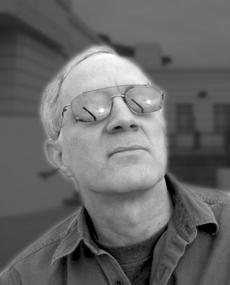
Larry Cuba is one of the most important artists currently working in the tradition known variously as abstract, absolute or concrete animation. This is the approach to cinema (film and video) as a purely visual experience, an art form related more to painting and music than to drama or photography. Viking Eggeling, Hans Richter, Oskar Fischinger, Len Lye, Norman McLaren and the Whitney brothers are among the diverse group of painters, sculptors, architects, filmmakers and video and computer artists who have made distinguished contributions to this field over the last 73 years.
Insofar as it is understood as the visual equivalent of musical composition, abstract animation necessarily has an underlying mathematical structure; and since the computer is the supreme instrument of mathematical description, it's not surprising that computer artists have inherited the responsibility of advancing this tradition into new territory. Ironically, very few artists in the world today employ the digital computer exclusively to explore the possibilities of abstract animation as music's visual counterpart. John Whitney, Sr. is the most famous, and rightly so: he was the first to carry the tradition into the digital domain, and his book Digital Harmony is among the most rigorous (if also controversial) theoretical treatments of the subject. But for me Cuba's work is by far the more aesthetically satisfying. Indeed, if there is a Bach of abstract animation it is Larry Cuba.
Words like elegant, graceful, exhilarating or spectacular do not begin to articulate the evocative power of these sublime works characterized by cascading designs, startling shifts of perspective and the ineffable beauty of precise, mathematical structure. They are as close to music – particularly the mathematically transcendent music of Bach – as the moving-image arts will ever get.
Larry Cuba is widely recognized as a pioneer in the use of computers in animation art. Producing his first computer animation in 1974, Cuba was at the forefront of the computer-animation artists considered the "second generation" – those who directly followed the visionaries of the sixties: John Whitney, Sr., Stan Vanderbeek and Lillian Schwartz.
While still a graduate student at The California Institute of the Arts, he was convinced of the artistic potential of computer graphics, but this was years before art schools began teaching the subject. Cuba's solution was to solicit access to the mainframe computers at NASA's Jet Propulsion Lab and teach himself computer animation by producing his first film, First Fig.
In 1975, John Whitney, Sr. invited Cuba to be the programmer on one of his films. The result of this collaboration was Arabesque.
Subsequently, Cuba produced three more computer-animated films: 3/78 (Objects and Transformations), Two Space, and Calculated Movements. These works were shown at film festivals throughout the world – including Los Angeles, Hiroshima, Zagreb and Bangkok – and have won numerous awards. Cuba's been invited to present his work at various conferences such as Siggraph, ISEA, Ars Electronica, and Art and Math Moscow and his films have been included in screenings at New York's Museum of Modern Art, The Hirshhorn Museum, The San Francisco Museum of Modern Art, The Art Institute of Chicago, The Amsterdam Filmmuseum and the Isetan Museum of Art, Tokyo.
Cuba received grants for his work from the American Film Institute and The National Endowment for the Arts and was awarded a residency at the Center for Art and Media Technology Karlsruhe (ZKM). He has served on the juries for the Siggraph Electronic Theater, the Montpellier Festival of Abstract Film, The Ann Arbor Film Festival and Ars Electronica.
In the pure form of abstraction that Cuba pursues, visual perception is paramount. But because the images are generated via algorithms written in computer language, there is a paradox in trying to use words to describe images for which words do not exist.
Source: Larry Cuba's website

